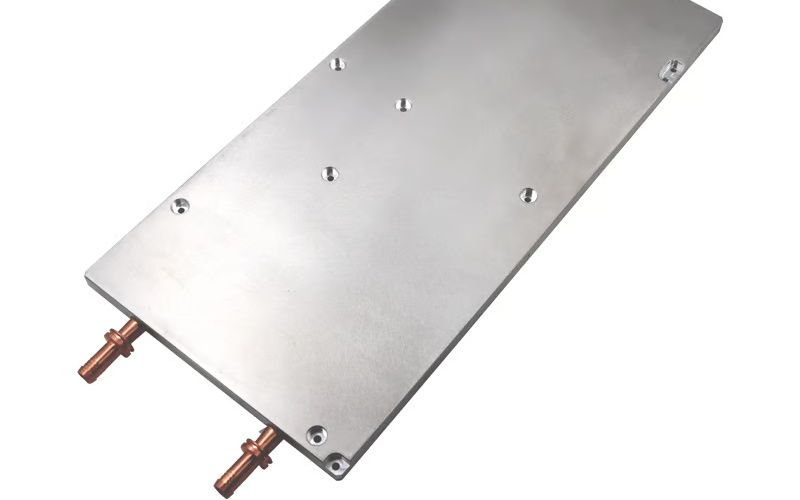Introduction: What is a liquid cold plate?
A liquid cold plate is a cooling system used for dissipating heat from electronic devices. It is a metal plate with channels or tubes that carry liquid coolant to absorb and transfer the heat away from the device. These cooling plates are commonly used in high-performance computing systems where traditional air-cooling methods are not sufficient.
The Advantages of Liquid Cold Plates
There are several advantages of using liquid cold plates over traditional air-cooling systems. Firstly, they offer higher cooling capacity and efficiency, allowing for better thermal management of high-performance computing systems. Secondly, liquid cooling technology is quieter, as there is no need for noisy fans. Finally, liquid cooling systems can operate at lower temperatures, reducing the risk of damage to electronic components and prolonging their lifespan.
The Types of Liquid Cold Plates
There are three main types of liquid cold plates: tubular, extruded, and machined. Tubular cold plates consist of a series of tubes that run through the metal plate, while extruded cold plates have channels that are formed using an extrusion process. Machined cold plates are the most precise and customizable, as they are made by machining channels directly into the metal plate.
The Materials Used in Liquid Cold Plates
The most common materials used in liquid cold plates are copper and aluminum. Copper is a better conductor of heat than aluminum, making it a more efficient cooling material. However, aluminum is cheaper than copper and is often used in low to medium-performance computing applications. Other materials that can be used in liquid cold plates include stainless steel, brass, and titanium.
The Liquid Coolants Used in Liquid Cold Plates
The most common liquid coolants used in liquid cold plates are water and glycol. Water is an effective coolant because it has a high heat capacity and is readily available. However, it can be corrosive to some metals and can freeze at low temperatures. Glycol is often added to water as an antifreeze agent to prevent freezing. Other types of coolants that can be used in liquid cold plates include refrigerants, oils, and phase-change materials.
Applications of Liquid Cold Plates
Liquid cold plates are used in a variety of applications, including data centers, military applications, medical equipment, and power electronics. They are particularly useful in applications where high performance and reliability are critical, such as server farms and military equipment.
The Manufacturing Process of Liquid Cold Plates
The manufacturing process of liquid cold plates involves several steps, including design, material selection, machining or extrusion, and assembly. The design process involves determining the specifications of the cold plate, such as its size, shape, and cooling capacity. The material selection process involves choosing the appropriate material based on the thermal requirements and cost constraints. The machining or extrusion process involves creating the channels or tubes for the coolant to flow through. Finally, the assembly process involves attaching the cold plate to the electronic device and connecting the coolant lines.
The Maintenance of Liquid Cold Plates
Proper maintenance of liquid cold plates is important to ensure optimal performance and longevity. Regular cleaning of the cold plates is necessary to prevent clogging and ensure proper coolant flow. Additionally, checking for leaks and ensuring that the coolant levels are sufficient is important to prevent damage to the electronic components.
The Future of Liquid Cold Plates
The use of liquid cooling technology is expected to increase in the future as the demand for high-performance computing systems grows. Innovations in materials and manufacturing processes are making liquid cold plates more efficient and cost-effective, making them a viable option for a wider range of applications.
The Cost of Liquid Cold Plates
The cost of liquid cold plates can vary widely depending on the size, material, and complexity of the design. Generally, machined cold plates are more expensive than extruded or tubular cold plates due to the precision and customization involved. The cost of liquid coolants is also a factor to consider, as some coolants are more expensive than others.

